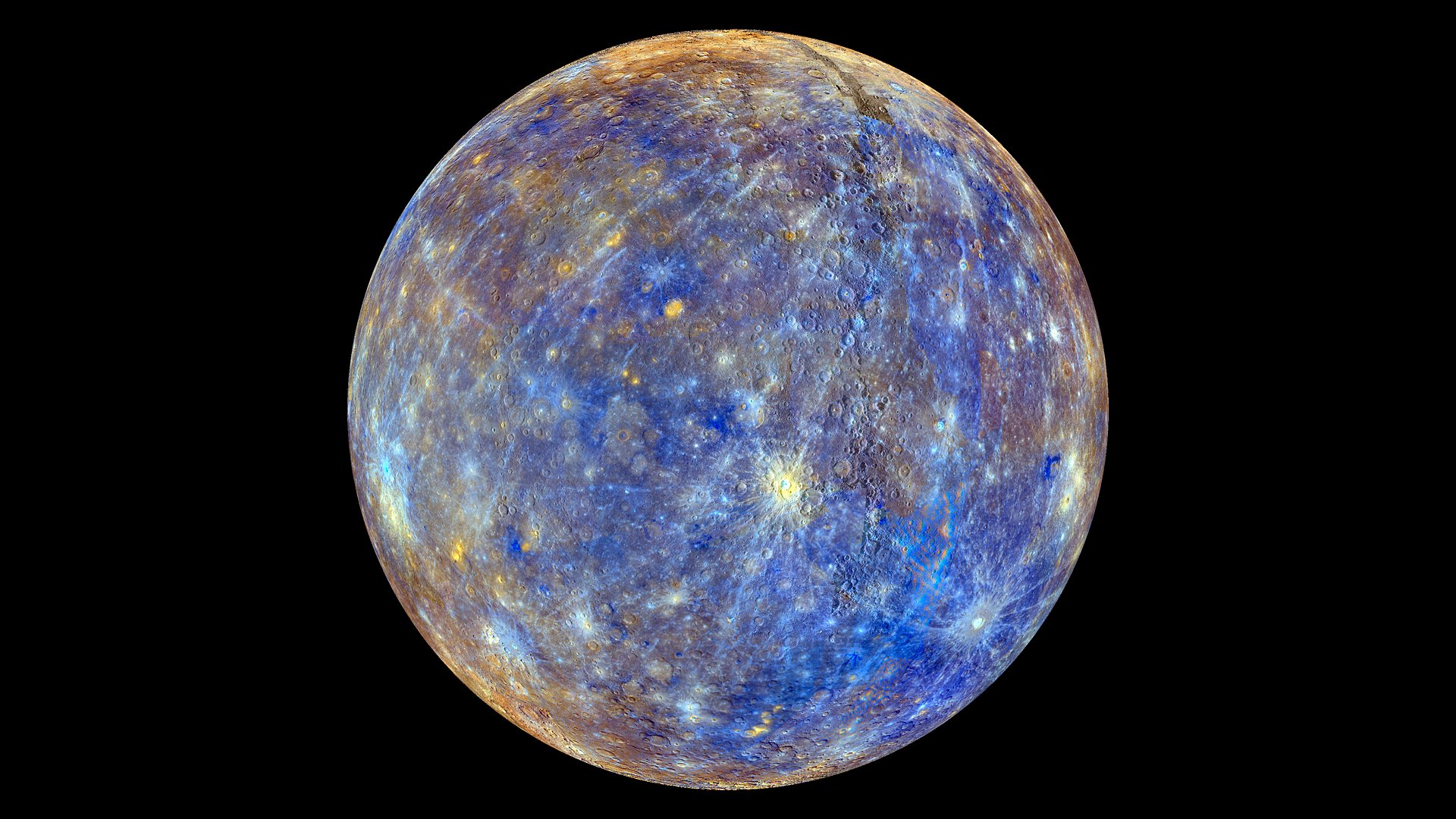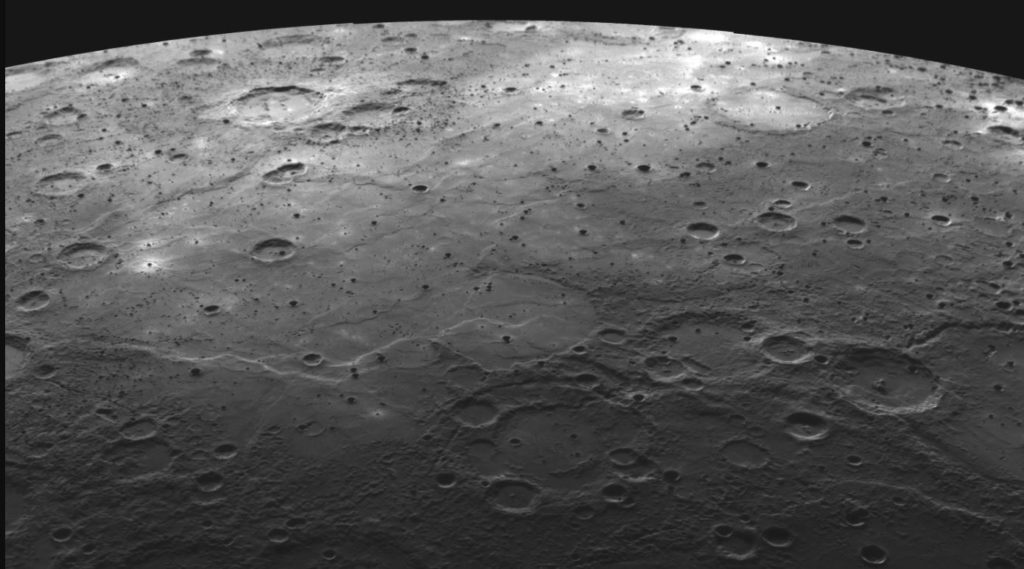
Twenty years ago, the MESSENGER mission revolutionized our understanding of Mercury. We sat down with project head and former Carnegie Science director Sean Solomon to talk about how the mission came together and the groundbreaking work it enabled.
Q: As the principal investigator of the MESSENGER mission, what were your personal highlights or proudest moments throughout the mission’s duration?
Sean Solomon: There were many personal highlights for me during the MESSENGER mission, beginning with our initial selection by NASA in 1999 and culminating in the publication by the MESSENGER science team of all of the findings from our mission in a book published nearly two decades later.
The most challenging events in any planetary orbiter mission are launch and ...
Read More









Recent Comments